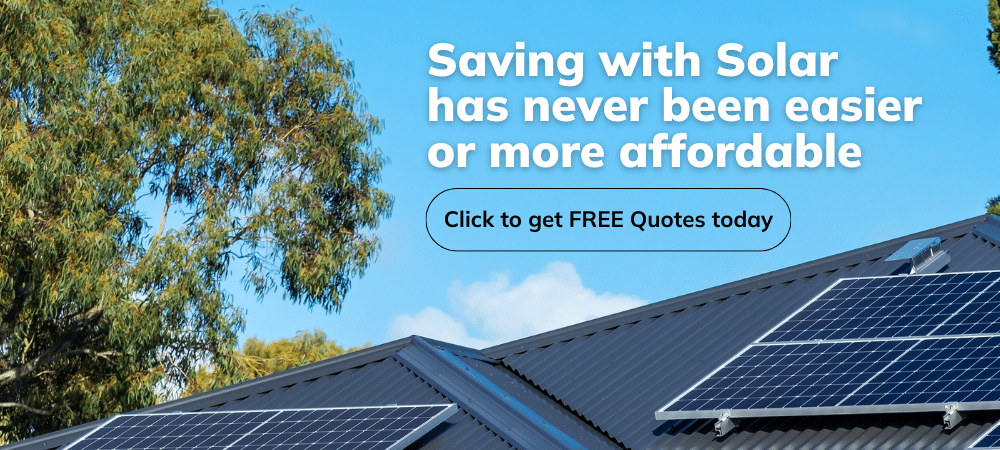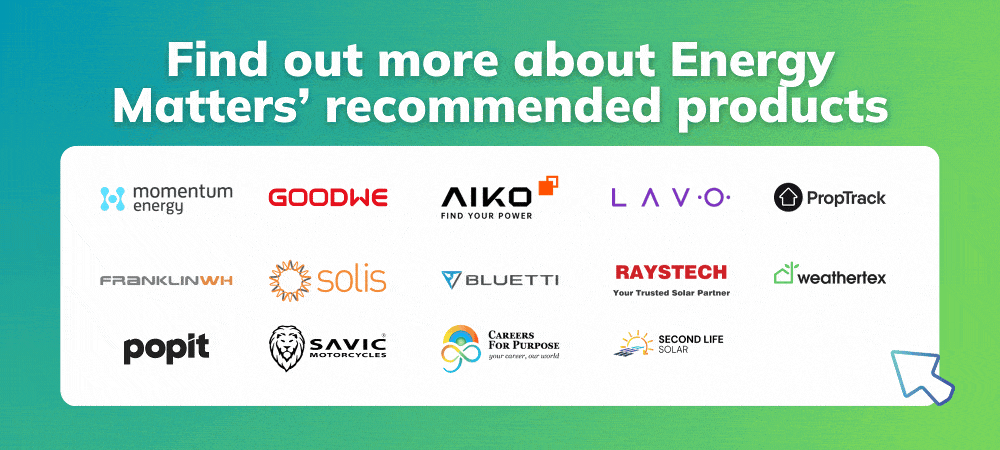Think of your home like a thermos—a good thermos keeps hot and cold drinks cold by preventing heat transfer. Your home’s insulation works in much the same way. It acts as a barrier, slowing the heat flow into and out of your house. Without proper insulation, your home is vulnerable to the elements, forcing your heating and cooling systems to work overtime, driving up your energy bills and leaving you less comfortable. This post will explore the critical role of insulation in achieving energy efficiency.
On this page
What is insulation and how does it work?
Insulation is a material designed to resist the flow of heat. With varied climate extremes here, this is particularly important. It works by slowing down three types of heat transfer:
- Conduction: Direct heat transfer through a material (like a hot pan on a stove). Insulation uses materials with low thermal conductivity to minimise this. Think of it like wearing a thick woollen jumper—it’s harder for the heat to move through the wool.
- Convection: Heat transfer through the movement of fluids. Insulation helps by reducing airflow within wall cavities and roof spaces, preventing air from rising and cold air from falling, thus minimising convective loops.
- Radiation: Heat transfer through electromagnetic waves. Some insulation materials have reflective surfaces that help to bounce radiant heat back, which is particularly useful in the harsh Australian summer.
Different insulation types exist, each with varying R-values. The R-value measures thermal resistance—the higher the R-value, the better the insulation’s ability to resist heat flow. Common types in Australia include fibreglass batts, cellulose, and spray foam. Choosing the right R-value and insulation type depends on your climate, budget, and the specific area of your home you’re insulating.
Did you know Energy Matters is Australia’s largest renewable news, blog and educational resource? Subscribe to Energy Matters’ weekly newsletter and keep updated even with incentives, rebates and recommended solar product offers.
The benefits of insulating your home
Below are the benefits of insulating your home:
- Reduced energy bills: Effective insulation is crucial for minimising reliance on heating and cooling. Insulation slashes energy consumption by keeping your home cooler in summer and warmer in winter, directly translating to lower bills. This is especially important given rising energy costs.
- Increased comfort: Insulation creates a more consistent temperature throughout your home. Say goodbye to sweltering rooms in summer and droughty spaces in winter. This improved comfort makes your home a more enjoyable place to live, year-round. It also reduces noise transfer from outside.
- Environmental benefits: Lower energy consumption means a smaller carbon footprint. By reducing your reliance on heating and cooling, you’re contributing to a more sustainable future and reducing greenhouse gas emissions. This aligns with the country’s commitment to reducing its environmental impact.
- Increased home value: Energy-efficient homes are increasingly attractive to buyers. Proper insulation is a valuable investment that can boost your property’s resale value, making it a smart long-term decision.
Where to insulate
Maximising insulation’s impact means targeting the right areas:
- Attic/roof space: The roof bears the brunt of the sun’s heat. Insulating your attic or roof space is paramount. This often involves installing insulation bats between the rafters or joists or using reflective foil under the roof sheeting.
- Walls: Wall insulation can be added during construction or retrofitted into existing homes. Options include filling wall cavities with insulation batts or loose-fill materials. Consider external wall insulation for a more comprehensive approach.
- Floors: Insulation floors, especially those above unheated spaces like garages or crawl spaces, prevent heat loss in winter and keep floors cooler in summer. This is particularly important for homes on stilts or with suspended floors.
- Under slab: If you’re building a new home, consider under-slab insulation to regulate the temperature of the concrete slab, reducing heat transfer from the ground.
- Pipes and ducts: Insulating hot water pipes and heating/cooling ducts minimises heat loss or gain, improving the efficiency of these systems. This is a smaller but worthwhile consideration for overall energy efficiency.
Choosing the right insulation
There are several factors when choosing the right insulation:
- R-value: As mentioned, this measures thermal resistance. Higher R-values are generally better, but the optimal R-value depends on your climate zone. Consult local building codes or energy efficiency guidelines for recommendations.
- Material: Common options include:
- Fibreglass batts: Cost-effective and readily available, but can be itchy to install and prone to settling over time.
- Cellulose: Made from recycled paper, environmentally friendly, and offers good thermal performance.
- Spray foam: Excellent air sealing properties, but more expensive and requires professional installation.
- Reflective foil: Effective at reflecting radiant heat, particularly useful in hot climates when installed correctly.
- Budget: Balance costs with long-term energy savings. Consider the payback period of your insulation investment.
- Installation: Some materials are DIY-friendly, while others require professional installation. Incorrect installation can significantly reduce insulation effectiveness.
- Sustainability: Consider the environmental impact of the insulation material, including its embodied energy and recyclability.
DIY vs. professional installation
Deciding between DIY and professional insulation installation depends on several factors:
- Skill Level: Some insulation types, like fibreglass batts, can be relatively straightforward to install for DIYers with some experience. Others, like spray foam, require specialized equipment and expertise and are best left to professionals.
- Time Commitment: DIY installation can be time-consuming, especially for larger projects. Consider whether you have the time and patience to do the job properly.
- Safety: Working with insulation materials can pose health risks if proper precautions aren’t taken. Wear appropriate protective gear, including gloves, a mask, and eye protection. Working in confined spaces like attics can also be hazardous.
- Quality of Work: Proper installation is crucial for effective insulation performance. Gaps, compressions, or incorrect installation can significantly reduce its R-value. Professionals have the experience and tools to ensure a proper seal and optimal performance.
- Cost: While DIY installation can save on labor costs, consider the potential costs of mistakes, wasted materials, and the time invested. Professional installation may be more expensive upfront but can offer better long-term value.
Hiring a qualified insulation installer is recommended for complex projects or if you’re unsure about your abilities. They can ensure the job is done correctly, maximising your energy savings and comfort. Look for installers with relevant certifications and experience.
Cost Considerations and Incentives
Insulating your home is an investment that pays off over time. Costs vary depending on the size of your home, the type of insulation chosen, and whether you opt for DIY or professional installation.
- Average Costs: Expect to pay anywhere from a few hundred to several thousand dollars, depending on the project’s scope. Getting multiple quotes from reputable installers is essential.
- Long-Term Savings: While the initial investment can seem significant, the long-term energy savings make insulation a cost-effective choice. Calculate the payback period – how long your energy savings take to offset the initial cost. This is typically several years, but the savings continue for the life of the insulation.
- Government Incentives: Check for available government rebates, grants, or tax credits for energy-efficient home improvements. These incentives can help reduce the upfront cost of insulation. The availability and details of these programs vary, so it’s essential to research what’s available in your state or territory. Look for resources related to energy efficiency on government websites.
- Financing Options: Some companies offer financing options for energy-efficient upgrades, allowing you to spread the cost over time.
Don’t just focus on the upfront cost. Consider the long-term benefits of reduced energy bills, increased comfort, and the positive impact on the environment. Insulation is a valuable investment in your home and your future.
Insulating your home is a smart investment for Australian homeowners. The benefits are undeniable, from slashing energy bills and boosting comfort to reducing your environmental impact and increasing your property’s value. Remember, a well-insulated home is more than just a comfortable space; it’s a financially savvy and environmentally responsible choice.













































